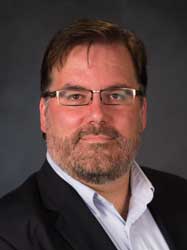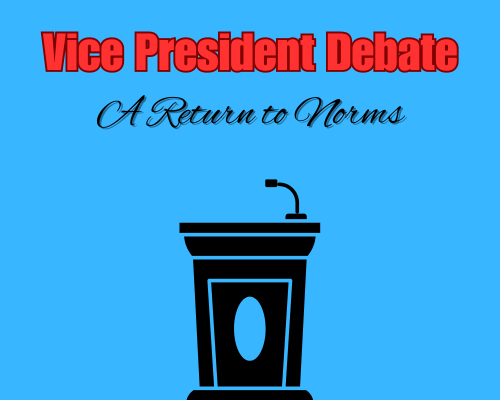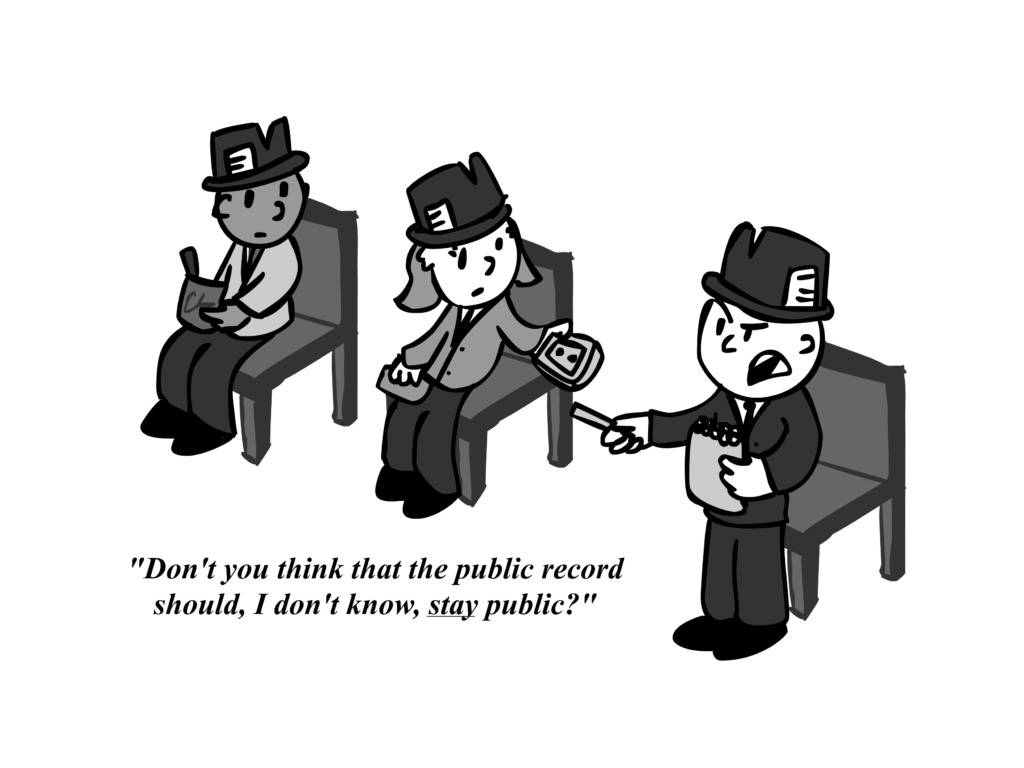Column by John Muenzberg, lecturer of philosophy

Recent questions of who should have access to the Curris Center bring up questions of Murray State’s responsibility to protect students from harassment and harm. One solution that many universities have adopted is the creation of “safe spaces.” Unfortunately, much of the criticism of safe spaces is unproductive and uses a logical fallacy common to political discussion.
Many criticisms of safe spaces misrepresent what safe spaces are and then reject them based on the mischaracterization. Logicians call this the Strawman Fallacy. The name implies an effigy of one’s opponent that is easy to knock down.
Some critics falsely present safe spaces as isolated lounges with soft music and children’s toys. Or they present universities as places where no one is allowed to be offended in any way. If these situations existed, then they should be criticized, but they are false representations of what safe spaces are.
The current idea for safe spaces originated with marginalized groups, especially women’s groups and LGBT students. For some groups of students, being intimidated and harassed is common. For LGBT students, for example, simply being honest about one’s identity can incite physical violence. Safety requires caution in one’s words and actions.
Talking about one’s situation, no matter who you are, is generally beneficial. Yet LGBT students know that even staff and faculty can be dismissive or threatening. By the late 1980s, LGBT advocates thought that if students had a place on campus they could be honest about themselves, free from intimidation and violence, then their quality of life would improve.
One cannot control other people’s reactions, so they created a place where like-minded people would meet. This is why some faculty have “Safe Space” stickers in their offices. They are letting students know they can relax and be honest with them.
This is a far cry from the cartoonish safe space presented by their critics. If you only criticize the extreme version, then you are not presenting the argument honestly. Student centers for women, African-American or LGBT students serve an important purpose. One could also argue that all student groups serve a similar, though less necessary, role.
But there are problems with the way that some people implement safe spaces. One problem is the move to designate large public areas as safe spaces. This flips the motive from finding a place that is safe from others and turns it into requiring others to conform to my ideas. Safe spaces, as initially conceived, actually supported free speech. Rather than prohibiting other’s speech, they removed themselves from the harassment. People are mostly free to say what they want in the public realm, but the safe space is removed from that realm, and entered into voluntarily.
This then leads to the second problem with expanding safe spaces. It is difficult to distinguish between being in real danger, feeling unsafe and feeling uncomfortable. Taking a disagreeable position is not the same as intimidation. But what crosses the line is fraught with disagreement. Even seemingly settled questions of behavior, such as workplace sexual harassment policies, are difficult to define and must be decided by the courts.
This vague designation all but guarantees that people will inadvertently violate the policy. Extreme actions, such as physical threats, are illegal and against Murray State policy. When these happen, we should take action. But people who espouse positions that might lead to harassment is too broad to police.
Do not reject a sensible idea because some present it falsely, or implement it clumsily. Safe spaces are important for students’ health and well-being, but what they are in reality might not be the same as what you want them to be.































































































